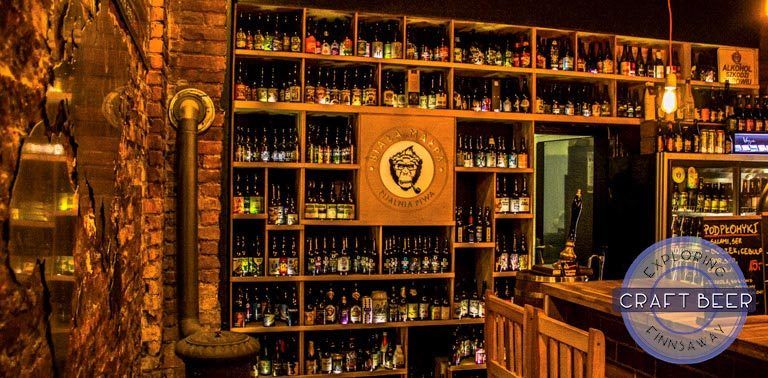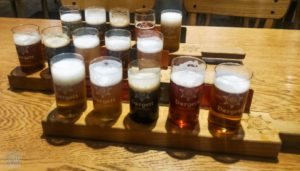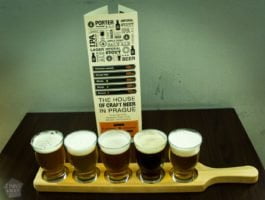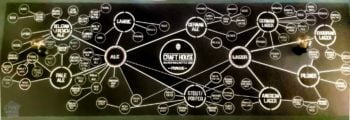Beginner's guide to beer tasting

Craft beer boom has brought a huge amount of small breweries and brewpubs all over Europe and beyond. Are you interested in artisan beer and trying local varieties, but not an expert on tasting and rating beer? Well neither are we, but somewhat experienced amateurs instead. Here is a short introduction on how to get started with your tastings.
APpearance

After the beer is poured in glass (which by the way is another art, together with choosing the right type of glass), start by simply looking at the beer. Hold the glass up in the light, but not straight against very bright light. What color it is (golden, amber, yellow, brown and so on), is it cloudy or clear, is it carbonated (with a lot of small bubbles rising to the surface), and how is the foam (thick or thin, white or brownish, long-lasting or not)?
Aroma

Before taking the first sip, you should sniff the beer carefully to try to find the different nuances of the scent. For inexperienced nose this can be really difficult; we often find ourselves trying to figure out what is the nuance that we have found. Like being sure that there is some tropical fruit in the aroma, but not able to tell what fruit it is. You can gently swirl the beer in the glass to better release the aroma.
Taste

When getting to the actual tasting part, don’t be too shy. Beer is meant to be consumed in large swallows, so take a good mouthful, but don’t swallow it instantly. You should focus on different parts of the taste; initial, mouth feel and finish, which can be really different from each other. Initial is the first impression, feel of the carbonation and sweetness. Mouthful, or the mid taste, is often described by the presence of features like maltiness, bitterness and sweetness, and by analyzing the viscosity (thick or thin) and balance. Finish is the aftertaste you’ll have left after swallowing the beer; long lasting, bitter, malty…?
Beer tasting should not be done together with eating, since food can affect the taste and flavors. Between each beer, you should also neutralize you palate with water, and when tasting several beers in a row, it is advisable to start from the lightest.
Craft beer, what is that then?

Water, malts, yeast and hops. In brewing process these basic ingredients are turned to beer, the most widely consumed alcohol drink in the world. Not all beers are the same, but on the contrary, they come with huge variety. Quantitatively, majority of all beer in the world is made by large scale, multinational brewing giants, but on top of them there are thousands and again thousands of small producers around the world. Craft breweries, microbreweries and brewpubs produce limited amount of beer, and typically are independently owned and quality-focused. You can learn more about craft beer and different beer styles from www.craftbeer.com.
 Regarding beer tastings around the world, check out posts in category craft beer. We love to try local craft beer everywhere we go, and every now and then write craft beer guides from different cities, with tips on decent beers, introductions of small breweries and visits to great craft beer pubs.
Regarding beer tastings around the world, check out posts in category craft beer. We love to try local craft beer everywhere we go, and every now and then write craft beer guides from different cities, with tips on decent beers, introductions of small breweries and visits to great craft beer pubs.




